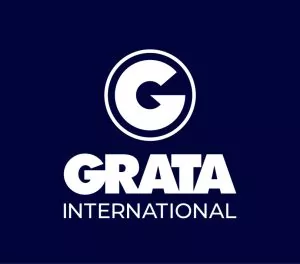In December 2022, a new Law No. 227-Z was signed, titled "On Insolvency Resolution", aimed at modernizing bankruptcy regulations to align with the current economic landscape in the country.
Let's highlight that insolvency (bankruptcy) cases initiated prior October 2023 will continue to be governed by the old rules. However, in such cases, the authority of crisis managers and the payment of their fees must comply with the provisions of the new Law.
Below are some key changes outlined.
1) Separation of proceedings regarding insolvent debtors into insolvency cases and bankruptcy cases. Previously, insolvency (bankruptcy) proceedings were unified, and the court's decision depended on economic indicators and the debtor's significance to the country's economy. Under the new rules, parties must determine the specific type of proceeding to initiate. Debtors have the right to file for insolvency or bankruptcy, while creditors and other entities (prosecutors, anti-corruption agencies, social security, etc.) can only initiate bankruptcy proceedings.
2) New criteria for determining a debtor's insolvency. Before October 1, 2023, entities had to establish insolvency stability under the Government Resolution of December 12, 2011 No. 1672. Now, a debtor can file for insolvency if they cannot fulfill at least one monetary obligation. To declare bankruptcy, the debtor must prove the insufficiency of assets to meet creditor claims. In turn, creditors must meet legislative bottom limits in terms of debt amount and timelines.
3) Other criteria for creditors to file for the debtor's bankruptcy. The timelines for conducting enforcement proceedings against debtors, which were not completed, have extended from 3 to 6 months. Furthermore, minimum debt bottom limits have increased: under the old law, a debtor had to owe no less than 100 basic amounts (approximately 1 100,00 EUR / 110 000,00 RUB), while the new law allows bankruptcy to be established based on one of three indicators:
- Salary and other labour-related obligations – 1,500 basic amounts (approximately 17 000,00 EUR / 1 700 000,00 RUB);
- Mandatory payments (taxes, fees, etc.) – 100 basic amounts (approximately 1 100,00 EUR / 110 000,00 RUB);
- Other monetary obligations – 500 basic amounts (approximately 5 400,00 EUR / 550 000,00 RUB).
4) Restructured Insolvency and Bankruptcy Procedures. The current procedure is structured as follows:
- Protective period – the accuracy of the information provided in the insolvency (bankruptcy) application is verified within one month (an optional stage);
- Competitive proceedings – insolvency (bankruptcy) signs of the debtor are established, a list of creditor claims is formed, signs of bankruptcy concealment, intentional bankruptcy, or hindrance to settlements with creditors are identified;
- Sanitation – a stage of restoring the solvency of a debtor for whom insolvency proceedings have been initiated, lasting for three years (with the possibility of a two-year extension);
- Liquidation proceedings – the final stage of bankruptcy proceedings for the debtor, including asset liquidation, asset sales, and maximum satisfaction of creditor claims.
The content of this article is intended to provide a general guide to the subject matter. Specialist advice should be sought about your specific circumstances.
We operate a free-to-view policy, asking only that you register in order to read all of our content. Please login or register to view the rest of this article.


